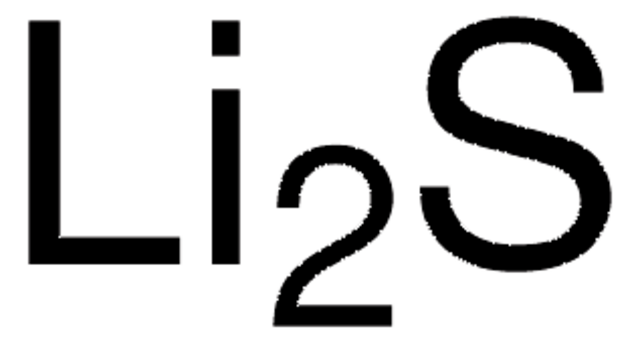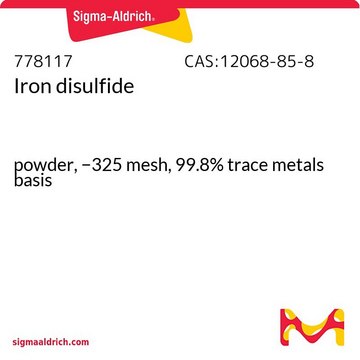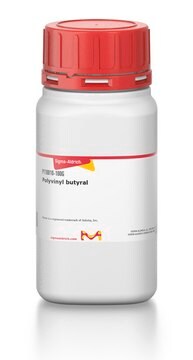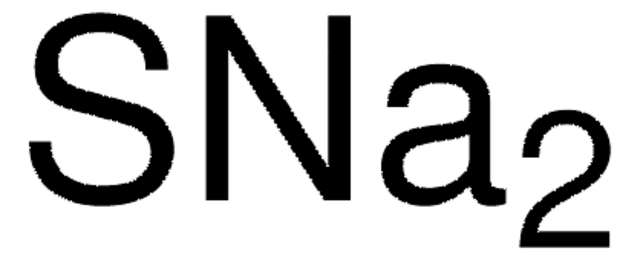342459
Copper(I) sulfide
powder, −325 mesh
Synonyme(s) :
Cuprous sulfide
About This Item
Produits recommandés
Forme
powder
Taille des particules
−325 mesh
Densité
5.6 g/mL at 25 °C (lit.)
Application(s)
battery manufacturing
Chaîne SMILES
[Cu]S[Cu]
InChI
1S/2Cu.S
Clé InChI
JESPAFKOCOFQIN-UHFFFAOYSA-N
Vous recherchez des produits similaires ? Visite Guide de comparaison des produits
Description générale
Application
- Pharmacological Study on Ocfentanil: Research on the pharmacological properties of Ocfentanil, including its biochemistry and potent analgesic effects, was explored in a study where toxicology and behavioral impacts on zebrafish larvae and mice were assessed, confirming its potential for pain management applications (Bilel et al., 2023).
- Ocfentanil in Surgical Procedures: Ocfentanil′s role in surgical applications was highlighted in a study where new analytical methods were developed for its detection in biological samples, emphasizing its significance in pharmacological studies and surgical pain management (Jung et al., 2020).
- Ocfentanil Solution for Pharmacological Studies: The development and validation of a method for detecting Ocfentanil in hair samples indicate its critical role in forensic and pharmacological research, aiding in studies focused on its stability and effects within clinical settings (Allibe et al., 2021).
Conditionnement
Autres remarques
Code de la classe de stockage
11 - Combustible Solids
Classe de danger pour l'eau (WGK)
WGK 3
Point d'éclair (°F)
Not applicable
Point d'éclair (°C)
Not applicable
Équipement de protection individuelle
Eyeshields, Gloves, type N95 (US)
Certificats d'analyse (COA)
Recherchez un Certificats d'analyse (COA) en saisissant le numéro de lot du produit. Les numéros de lot figurent sur l'étiquette du produit après les mots "Lot" ou "Batch".
Déjà en possession de ce produit ?
Retrouvez la documentation relative aux produits que vous avez récemment achetés dans la Bibliothèque de documents.
Les clients ont également consulté
Notre équipe de scientifiques dispose d'une expérience dans tous les secteurs de la recherche, notamment en sciences de la vie, science des matériaux, synthèse chimique, chromatographie, analyse et dans de nombreux autres domaines..
Contacter notre Service technique












